Resistance Temperature Detectors(RTDs) are widely used across several industries – power, food and beverage etc – for temperature measurement. In using them, different types of application problems occur once in a while. To help resolve these problems, the table below shows a list of the common problems encountered in RTD applications and possible remedies or corrective measures. This list is by no means exhaustive:
| RTD Problem | Possible Cause(s) | Remedies |
|---|---|---|
| Temperature indication generally too high | Lead resistance too high; not compensated | If possible: (1) Install larger wire size cables. (2) Compensate leads (3) Use sensor head transmitters (4) Convert to 3- or 4-wire circuits (5) Reduce connection lead lengths |
| Self heating by measuring current too high | Use a smaller measuring current(1mA current recommended) | |
| Temperature indication changes with changing ambient temperature | RTD sensor in 2-wire circuit; the connection lead are subjected to a large temperature change. | (1) Convert to 3-wire circuit, which will essentially eliminate the ambient temperature effects (2) Convert to a 4-wire circuit – in this case connection lead resistance effects completely eliminated. |
| Temperature indication error increases with increasing temperature (indication too low) | Decreasing insulation resistance, acts as a shunt path for measured signal | (1) Insulation resistance of approximately 0.1MΩ in parallel with 100Ω gives an error of the same magnitude as Tolerance Class B RTD sensors. Minimum recommendations for insulation resistance according to IEC60751 are: (a) Insulation resistance at 20°C (68°F) must be greater or equal to 100MΩ (b) Insulation resistance at 500°C (930°F) must be greater or equal to 2MΩ (2) Replace defective RTD sensor |
| Deviations of the temperature indication from the values in the table (parasitic and galvanic EMFs) | (1) Poor lead material, contamination, moisture, (2) Temperature difference between the terminals of the connection leads. (3) Corrosion at the connection terminals in the connection head. |
(1) Check installation (2) Thermally insulate terminals (bring to same temperature) |
| Indication changes over the course of time | Thermal aging (drift of the measuring resistor) | (1) Select suitable high temperature design (2) Re-calibrate regularly (3) Replace sensor if necessary. |
Insulation Resistance of RTD:
This is the resistance to current leakage through and over the surface of the insulation material of the sensor wires. A high insulation resistance implies a sensor in good condition while a low insulation resistance implies some problems with the RTD sensor which could result in current leakage. In general, a change in the insulation resistance of the RTD over time causes parasitic short circuits to be created which acts as resistors in parallel with the actual RTD sensor resistance. The resultant shunt current causes a lower incorrect measurement signal. The effect of poor insulation resistance increases for higher nominal resistances of RTD sensors for example, the effect of poor insulation resistance is felt more with a Pt1000Ω than with a Pt100Ω sensor.
Testing an RTD sensor
Two common tests are usually performed on an RTD. They are:
(a) Continuity test usually with a multimeter
(b) Insulation resistance test with an insulation tester eg 60 – 100V
A Pt100Ω RTD sensor is said to be in good condition if:
(a) A continuity test gives a resistance value of approximately 110Ω
(b) An insulation test gives a insulation resistance of 100MΩ or greater
All tests on the RTD sensor are done at room temperature.

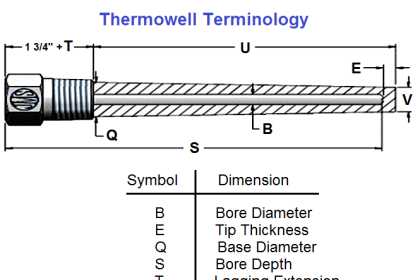

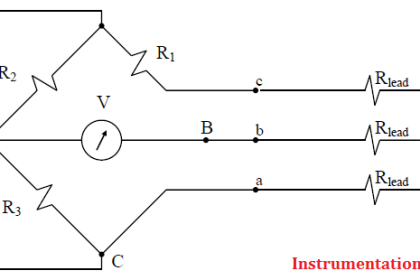
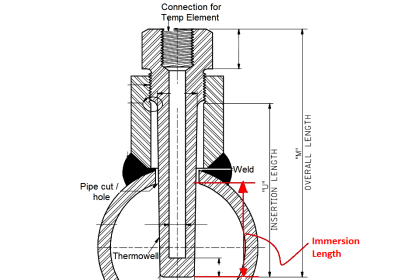
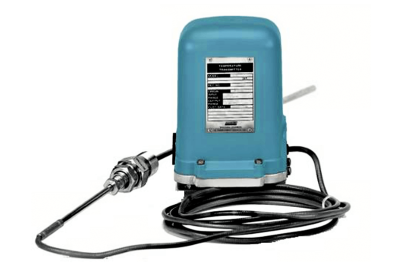
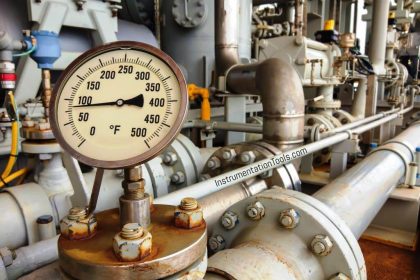
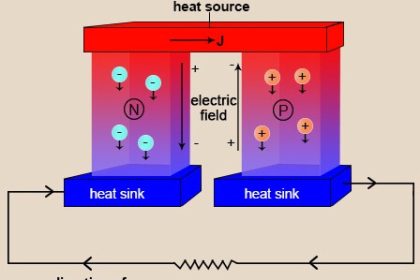

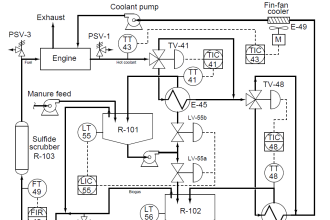





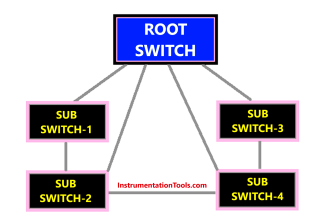

Sir, The table of RTD problems, cause and remidies is not displayed properly… Not able to read. . !!
Hi, if you are reading in Mobile, then please use landscape format. For Desktop it is fine.
Hello Sir, please I have a problem with a 3wire Pt100 RTD. The problem is that the Rtd usually give high temperature on the HMI even when at room temperature. What do suggest I should do? Thanks Sir.